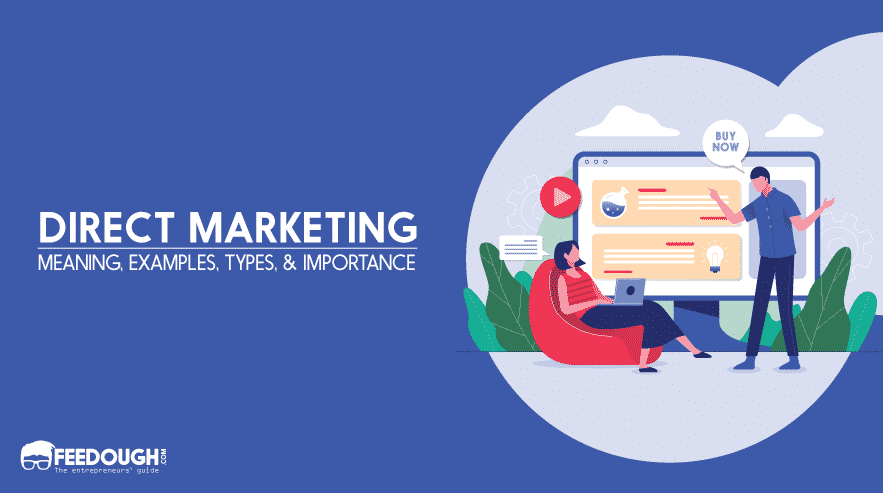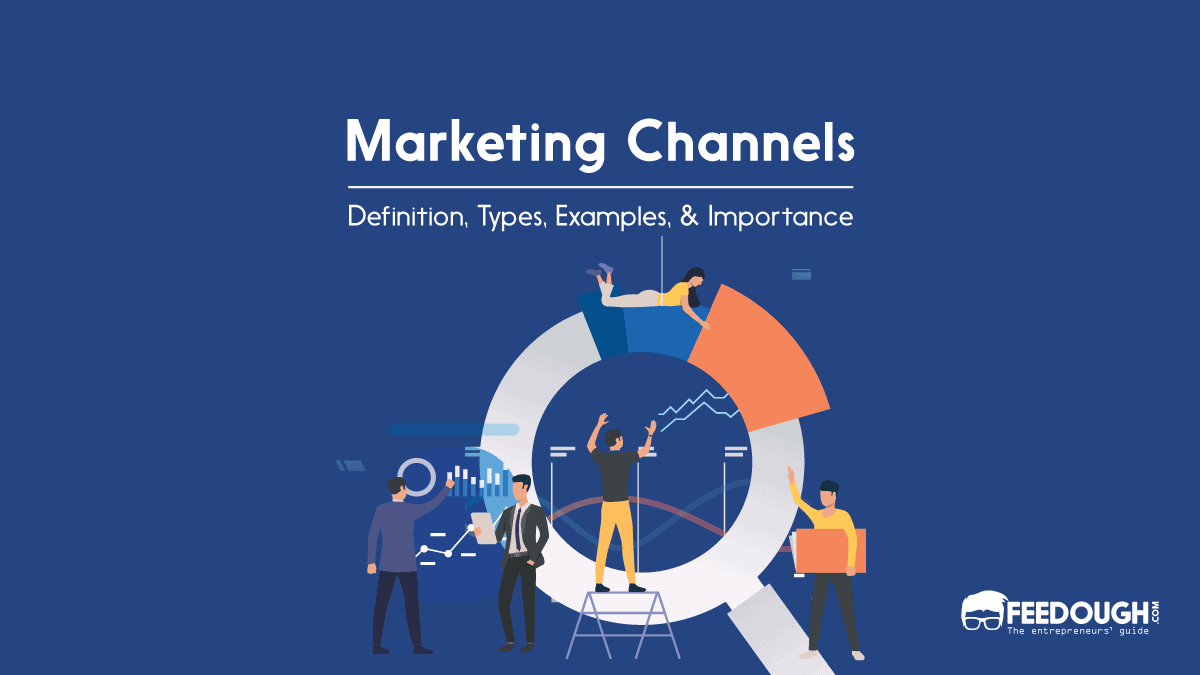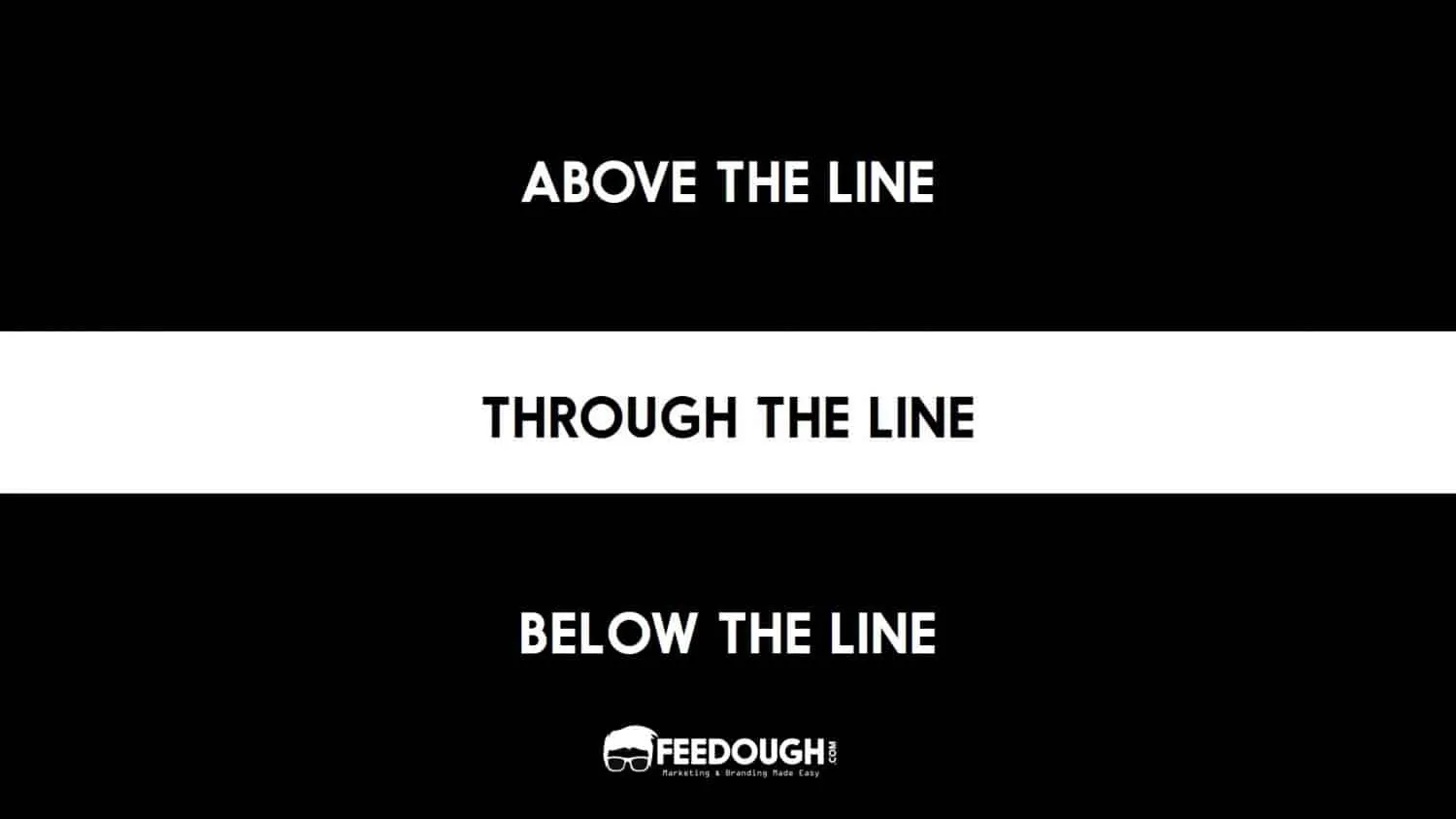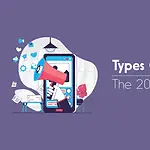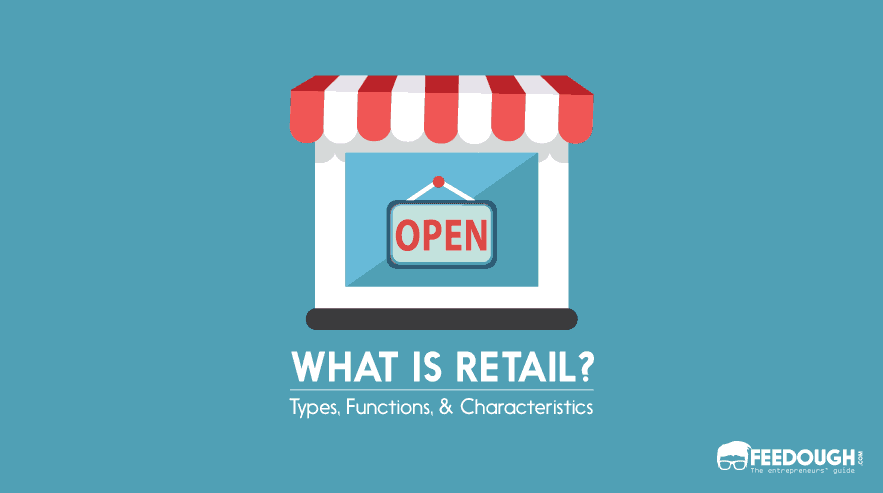How can you target a specific audience or age group to present information about your services to potential consumers, or promote or sell your products without the need for advertising media? How can you ensure that potential consumers will be interested in what your business has to offer?
This can be achieved via direct marketing.
What Is Direct Marketing?
Direct marketing is a marketing strategy where target customers are contacted directly by the brand instead of having an indirect medium between them.
It is called ‘direct marketing’ because it generally eliminates the need for a middleman such as a retailer. The results of a direct marketing campaign are immediately measurable because your business can track how many customers have positively responded to you.
Direct marketing largely relies on the individual distribution of a sales pitch to their consumers and potential customers, personally. Door-to-door salesmen, promotional telephone calls, SMS, emails, kiosks, hand-out brochures and coupons are among the more popular methods used in direct marketing.
Types of Direct Marketing
There is a range of types of direct marketing techniques that you can implement in order to reach your target audience. Here are some types of direct marketing listed:
- Face-to-Face Marketing – This is one of the oldest forms of direct marketing. Authorised sales representatives are employed to meet prospects directly. The goal of each representative is to reach out to these prospects, convert them into profitable consumers and thus promote the business of your organization.
- Door-to-Door Marketing – Door-to-Door sales (D2D) are another form of face-to-face marketing. It simply means that your sales representative is participating in door-to-door prospective, which indicates a system of direct contact with your targeted audience. Rather than relying on any other kind of marketing, a D2D salesman goes from one place to another, engaging prospects in a conversation about the products and services you offer implementing various compliance techniques with the intention of doing business with them.
- Kiosk Marketing – Public places that get a lot of crowds are always full of opportunities to gain people’s attention towards your business. Representatives stationed at kiosks in these places such as shopping malls can directly talk to potential customers by catching their eyes with your products and services.
- Leaflet Handouts – This type of direct marketing involves handing out leaflets to the targeted audience that contain printed information about the products and services you offer, giving your potential customers the option to contact you, should they decide to make a purchase. Leaflets are sometimes also handed out at kiosks, to encourage a more positive engagement from your prospects. These leaflets may also sometimes contain offers and coupon codes that are redeemable for only a limited amount of time, thereby enticing your prospects further into making a purchase from you.
- Telemarketing – The process of contacting your prospects individually and trying to get them interested in purchasing what your business has to offer has rapidly grown in the past few years. Representatives at call-centres contact a list of people who would be interested in your product and inform them the perks and advantages of making the purchase. This technique is often used by AT&T and Vodafone to inform both existing and potential consumers about the services they offer.
- Email Marketing – With the widespread usage of the internet, businesses have inclined towards sending emails to contact their prospects directly. This technique is called cold emailing and if used with a proper strategy has a really good conversion rate.
- Targeted Advertisements – Internet has opened the gates to yet another form of direct marketing – Targeted Advertisements. Almost every activity a user perform over the internet is recorded in the form of a cookie or other data. This data along with the user’s demographics is used by advertisers to target personalised ads to him directly. An example of targeted advertisements is remarketing where user witnesses the advertisements of the products he abandoned while visiting an eCommerce website.
Advantages Of Direct Marketing
A good direct marketing campaign focuses on promoting and selling to your prospective customers by:
- Helping you build a better relationship with both returning and new customers by contacting them directly.
- Testing the appeal of your products and services and getting direct feedback from your target audience, which can also be used to improve the products and services you offer.
- Helping you understand which marketing technique could be a better way to reach out to your target audience directly in order to do business with them.
- Providing your customers with any compelling content that they could share with other potential customers.
- Providing a positive boost in sales by gaining loyal customers for your business.
Direct Marketing Strategies
A well-planned direct marketing campaign can help you reach your ideal customers. Strategizing your direct marketing techniques can help you amass wider and more loyal support from your prospects.
- 360-Degree Approach- Just like any other marketing strategy, including a 360-degree approach to your direct marketing strategy and using all the available marketing mediums to convey the marketing message makes the communication more effective.
- Segmenting The Target Market- Using lists of targeted prospects so that promotional messages can be sent only to those who would most likely be interested in the services you offer is an effective direct marketing strategy. This can be done by collecting information via surveys, or sometimes also monitoring your regular customers’ behaviours.
- Personalized Messages – Although the number of sales pitches delivered can be massive, inserting the recipient’s name or location at a prominent place in the message adds a nice personal touch which can attract your potential customers.
- Increasing Customer Loyalty- Since direct marketing allows you to directly contact your customers, it also allows you to build a good relationship with your existing and potential customers. Combine direct marketing techniques with customer loyalty strategies to build better customer relationships.
- Testing Products and Sales Performance- Direct marketing allows you to directly test products and customers’ feedbacks to them. Each time you run a direct marketing campaign for your business, it is important to monitor the reviews and ratings from your customers in order to improve any future direct marketing campaigns.
- Harnessing The Power Of The Internet- Direct marketing isn’t limited to the offline world anymore. Your target market is already on the internet. Using emails, retargeting, Facebook ads and Google ads to reach to the target audience directly gets more results.
- Call To Action Marketing- The call-to-action (CTA) is one of the most common features across all forms of direct marketing today. The audience you target can easily know more about the services you offer by calling you on a toll-free number or clicking the link in an email promotion you sent them.
Direct Marketing Example: AT&T
AT&T invested vast direct marketing resources in order to be able to communicate the messages to their consumers and prospects in a relevant manner. One of the ways they sought to tackle this was via their direct marketing program called the AT&T Opportunity Calling® Program, which was launched in the year 1984 in an effort to provide information regarding their offering.
The program focused on contacting people and providing them value to them by recognizing their different needs and responding accordingly. One of the main reasons why Opportunity Calling was so successful was because AT&T rewarded their new customers for their patronage with exciting personalized offers and discounts.
Bottom-Line?
Direct marketing is based on the opportunity to communicate with your prospects and customers directly, which also allows you to build a close relationship with them. And while the goal of direct marketing is to increase awareness and educate the markets about the products and services you offer, the major focus is on persuading your prospects to make a purchase directly, without the involvement of a third party.
Go On, Tell Us What You Think!
Did we miss something? Come on! Tell us what you think about our article on direct marketing in the comments section.
A literature enthusiast, an avid reader, a blogger and an experienced social media marketer. She loves to travel whenever she can and has an eye for all things aesthetic.
